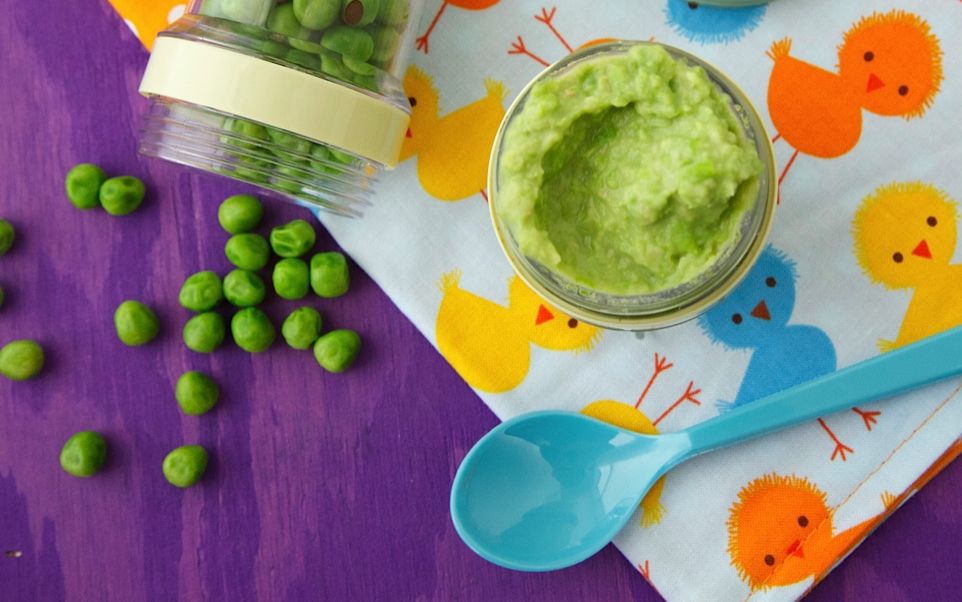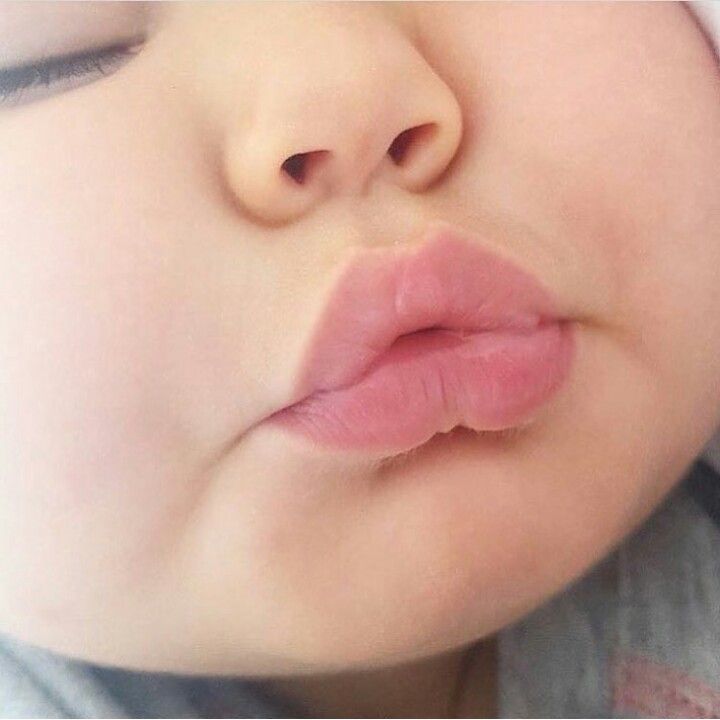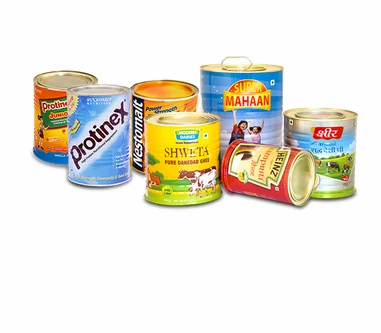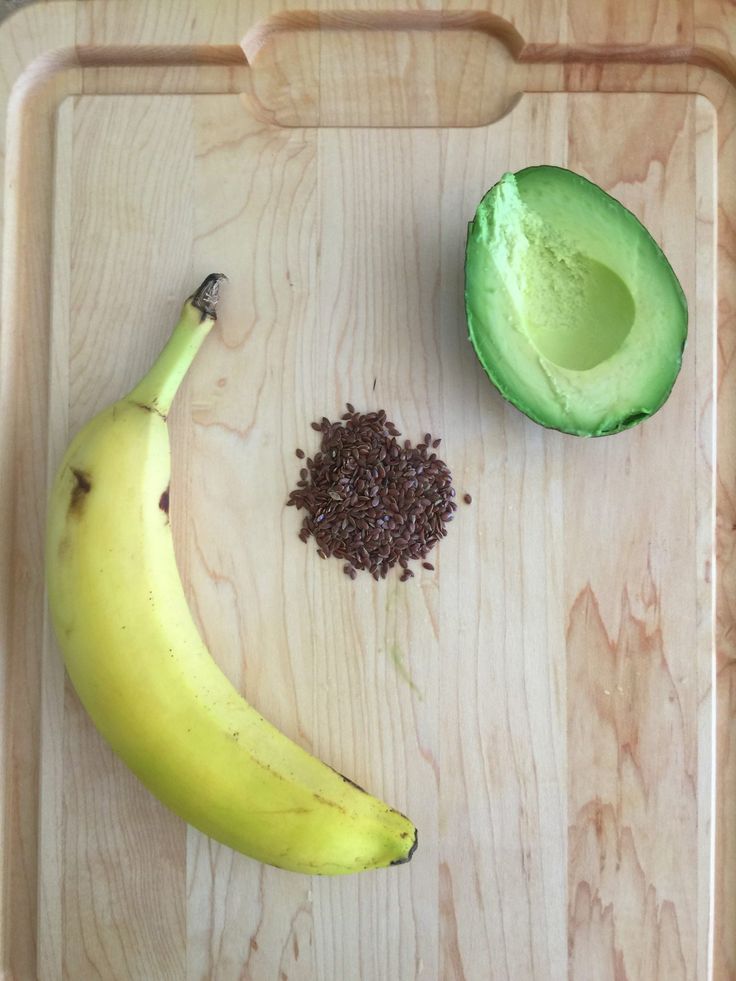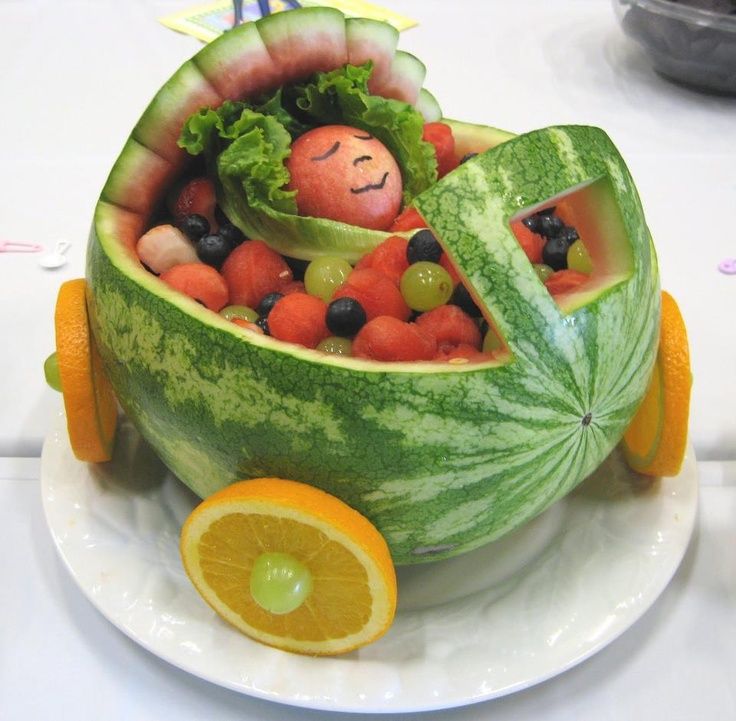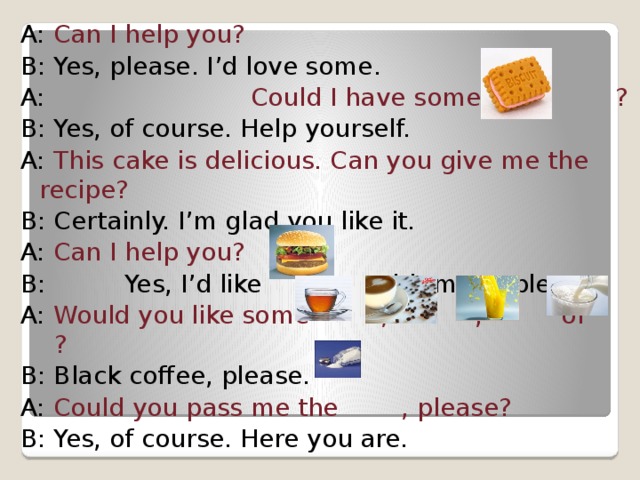How and what do you feed a baby bird
What to Feed a Baby Bird
How to provide the right nutrition when wildlife rescues aren't an option
Reviewed by
Kathleen Miller
Reviewed by Kathleen Miller
Kathleen Miller is a highly-regarded Master Gardener and Horticulturist who shares her knowledge of sustainable living, organic gardening, farming, and landscape design. She founded Gaia's Farm and Gardens, a working sustainable permaculture farm, and writes for Gaia Grows, a local newspaper column. She has over 30 years of experience in gardening and sustainable farming.
Learn more about The Spruce's Review Board
Fact checked by
Sarah Scott
Fact checked by Sarah Scott
Sarah Scott is a fact-checker and researcher who has worked in the custom home building industry in sales, marketing, and design.
Learn more about The Spruce's Editorial Process
The Spruce / Catherine Song
Every backyard birder has seen the "starving baby" act by fledgling birds, when they flutter their wings and call piteously for attention from seemingly hard-hearted, indifferent parents. The desire to nurture those fluffy balls of feathers can be strong, but it is important to understand the special needs of a fledgling's diet and know what to feed a baby bird for the best nutrition.
Do I Need to Feed This Baby Bird?
Baby birds have very demanding dietary needs. Depending on their age and species, baby birds may eat off and on for 12 to 14 hours per day, consuming a diet rich in insects for sufficient protein to ensure healthy growth. No human other than a licensed bird rehabilitator has the proper equipment, food supplements, or endurance to keep up that frantic feeding schedule. If you find a baby bird that appears to need feeding, the best thing to do is not to feed it, but to get it to an appropriate bird rescue organization. In many cases, the begging birds are not abandoned and the parent birds are nearby and tending to their babies as needed, even if they aren't seen.
If you find a baby bird that seems to be unfed, watch the bird closely for a while to see if the parents return to feed it within the hour. Bear in mind that it may take just seconds for a parent bird to deliver a bite to its chick, and inattentive observers may miss several feeding cycles. As the chicks grow, feeding may also be less frequent, and one parent bird may be tending to several offspring in different locations, so parental visits may be uneven. If the baby is being fed, rest assured that the parent bird is able to keep up with its demands, and no intervention is necessary if the baby does not appear injured or ill in any other way.
Bear in mind that it may take just seconds for a parent bird to deliver a bite to its chick, and inattentive observers may miss several feeding cycles. As the chicks grow, feeding may also be less frequent, and one parent bird may be tending to several offspring in different locations, so parental visits may be uneven. If the baby is being fed, rest assured that the parent bird is able to keep up with its demands, and no intervention is necessary if the baby does not appear injured or ill in any other way.
If the baby bird is not being fed and appears to be growing weaker and more lethargic, the first step should be to find a licensed rehabilitator to provide it proper care. When contacting the rehabilitator, ask for their evaluation of the bird in question before attempting any emergency feeding. If it is recommended that you feed the baby bird, he or she might have specific suggestions in mind as an emergency measure, and those suggestions should be meticulously followed.
If Feeding Is Necessary
If you find a baby bird that needs to be fed but you are unable to contact a bird or wildlife rehabilitator, it is important to know what to feed a baby bird that will provide similar nutrition to its natural diet.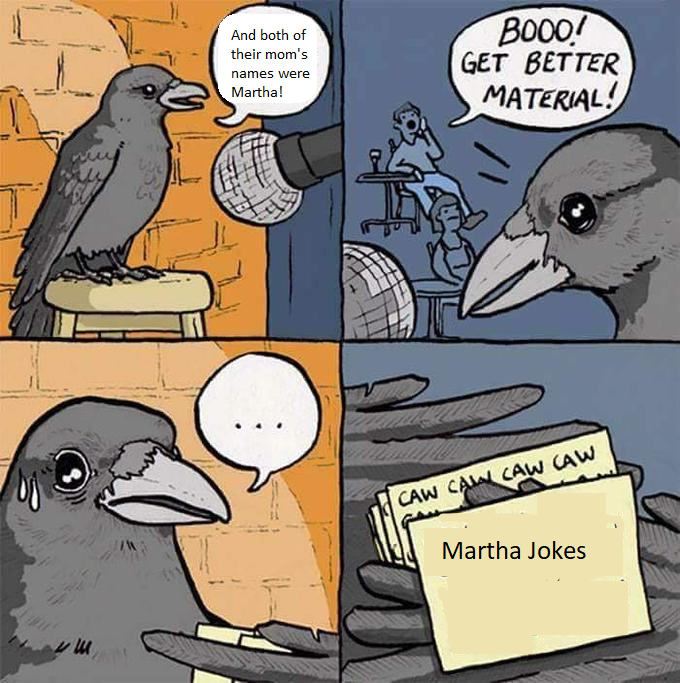 While every wild bird has a different diet, several types of food can serve as emergency rations when necessary. At the same time, it is critical to understand that baby birds have very different nutritional needs than adult birds, and foods you would normally feed to your backyard birds are not appropriate for young fledglings.
While every wild bird has a different diet, several types of food can serve as emergency rations when necessary. At the same time, it is critical to understand that baby birds have very different nutritional needs than adult birds, and foods you would normally feed to your backyard birds are not appropriate for young fledglings.
Good Foods for Baby Birds
- Moist dog food
- Raw liver (no seasoning)
- Hard-boiled eggs
- Dog biscuits (moistened)
- Dog or cat kibble (moistened)
The Spruce / K. Dave
What Not to Feed Baby Birds
- Water
- Bread or bread products
- Whole birdseed
- Milk
- Pet bird food
- Worms
- Kitchen scraps
The more mature a baby bird is, the more "adult" food it can consume without harm, and the longer it can go between feedings.
The Spruce / K. Dave
Tips for Feeding Baby Wild Birds
If it is necessary for you to feed a baby bird, remember:
- Offer food that is spongy in texture, not dripping with water that could cause choking or drowning.
 All dry food should be softened before being offered to a baby bird.
All dry food should be softened before being offered to a baby bird. - Food should be offered at room temperature only, never warmed or heated, and also never refrigerated or chilled.
- Keep bits of food small and in proportion to the bird's size; very small birds need very tiny bites. Cut or crush food appropriately to suit the bird's size.
- While feeding the bird, handle it as little as possible to minimize the risk of additional stress or injury. Never force the bird's bill open to eat.
Caring for Baby Birds
Remember that feeding a baby bird should be an emergency measure only. If a baby bird is abandoned and needs care, it should be taken to a bird rescue organization or experienced rehabilitator as soon as possible. Rehabilitators can not only feed it an appropriate diet for its species but can help it learn how to find its own food, evade predators, and learn other skills necessary for a successful life in the wild.
If there is no rescue organization or experienced rehab specialist available in your area, keep these tips in mind:
- Identify if the bird is a nestling (few or no feathers) or a fledgling (a feathered bird approaching adulthood).
 Nestlings will require much attention for a longer period than fledglings, which may be nearly ready for independence quite soon. An older fledgling can sometimes be fine if you simply place it high on a branch where its parents can find it. Nestlings, on the other hand, may require several weeks of attention (assuming a bird rehab organization is not available) to give them a chance for survival.
Nestlings will require much attention for a longer period than fledglings, which may be nearly ready for independence quite soon. An older fledgling can sometimes be fine if you simply place it high on a branch where its parents can find it. Nestlings, on the other hand, may require several weeks of attention (assuming a bird rehab organization is not available) to give them a chance for survival. - Protect it from predators—including family pets. Normally, a simple cardboard box lined with a towel, placed high enough to be out of reach of pets, will suffice. If using a lidded container, make sure it is well-ventilated. Ordinary room temperature is normally fine, though a gentle heat lamp can be used if the room is very cold at night. But take care not to overheat the young bird—in most cases, no heat source is necessary.
- Give it a "nest" by using a small towel or cloth diaper formed into a concave shape and placed in the bottom of the box. This will help support the bird's body until it grows stronger.

- Small nestlings are best fed with moist, well-softened food from a syringe, offered very gently, in small drops. Even a kitchen baster may be too large to be useful. As a nestling grows older, you can offer it food by dangling it from tweezers in front of its beak.
- Never try to feed water directly to a baby bird. Nestlings will get their water needs met through moisture in food. A fledgling can be offered water in a shallow dish—if it's ready to consume water this way, it will drink on its own.
- When a fledgling bird has fully feathered out and is beginning to exercise its wings by flapping, it can be given time outdoors and encouraged to begin flying. Often, it is enough to simply set the bird's containment box outside in a safe location, open the lid and wait for nature to take its course.
But remember that raising a featherless nestling bird through the fledgling stage and into a mature adult bird is no easy matter. It's always better to leave this to professionals who are experienced in the practice.
Article Sources
The Spruce uses only high-quality sources, including peer-reviewed studies, to support the facts within our articles. Read our editorial process to learn more about how we fact-check and keep our content accurate, reliable, and trustworthy.
Picking up baby birds can do more harm than good. Oregon State University.
What Do Baby Birds Eat?
Are you wondering what baby birds eat? Wonder no more! In this blog post, we will discuss the different types of food that baby birds can eat and provide tips on how to feed them properly.
So, what do baby birds eat? They tend to eat the same food their parents eat. That typically includes things like insects, seeds, and earthworms. When a bird parent hunts for food to feed its young, it will find and eat insects, worms, or seeds. Then, the bird will regurgitate what it just ate. This softens the food so they can feed it to their babies.
How Long Do Birds Feed Their Young?The average bird will feed their young for about two and a half to four weeks.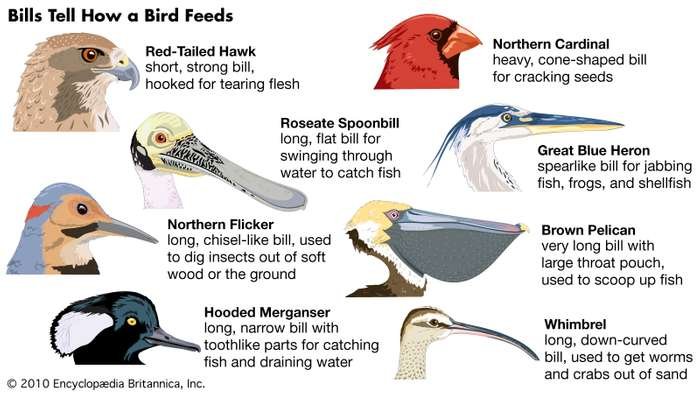 However, this can vary depending on the species of bird. Some birds, like swifts, will continue to feed their young until they are eight weeks old or even older!
However, this can vary depending on the species of bird. Some birds, like swifts, will continue to feed their young until they are eight weeks old or even older!
As you can probably imagine, baby birds need a lot of energy to grow and develop properly. For this reason, their diet consists mainly of insects. Baby birds will also eat some fruits and vegetables, but insects should make up most of their diet. You can also feed them birdseed in small amounts. You can also supplement feed with peanuts – but you must make sure that they are not whole as this can cause them to choke.
Tips For Feeding Baby Birds
Now that you know what baby birds like to eat, here are a few tips on how to feed them:
- If you find a baby bird that appears to be injured or orphaned, contact a local wildlife rehabilitation centre before attempting to feed it yourself.
- When feeding insects to baby birds, make sure they are small enough for the bird to swallow easily.
 You don’t want the bird to choke on its food!
You don’t want the bird to choke on its food! - Avoid giving baby birds cow’s milk, as it can upset their stomachs.
- Last but not least, always wash your hands before and after handling baby birds or their food. This will help prevent the spread of disease.
What To Do If You Find a Baby Bird
First of all, it’s very common to see fully feathered young birds on their own in the spring or summer. You might not see any parents around and worry they’re in danger, but this is a perfectly normal part of their development. These are called fledglings, and they’ve left the nest to build their strength before they can fly.
If you interfere with a fledgling, you could do a lot more harm than good. If they are a monogamous species of bird, both of their parents are probably nearby. If not, at least the mother bird is likely close, looking for food or watching their young from a safe distance. Your very presence may have even scared them away in the first place! You should only touch or remove a fledgling when you know it is injured or you are certain it is abandoned.
However, if you see a very young baby bird that is bald or covered in fluffy down (not feathers) it is called a nestling, and it may have fallen out of its nest. Sadly, it may have been ejected by its parents because it is unhealthy or likely to die. If you know for sure where that bird came from and you know it is healthy and uninjured, you can carefully put it back in its nest.
If not, that bird will need to be hand-raised and it will be dependent on humans. If you find a baby bird that appears to be injured or orphaned, the best thing to do is to contact a local wildlife rehabilitation centre. These centres are staffed with experts who can care for the bird and ensure it gets the proper food and medical attention it needs.
When Does a Baby Bird Need Help?
If you find a bald baby bird that is unable to fly, has feathers that are wet or matted, or appears to be injured in any way, it may need help from a wildlife rehabilitation centre. If you are unsure whether or not the bird needs help, err on the side of caution and contact a local wildlife rehabilitation centre for advice. Do not touch the bird before you speak to the experts.
If you are unsure whether or not the bird needs help, err on the side of caution and contact a local wildlife rehabilitation centre for advice. Do not touch the bird before you speak to the experts.
We hope this blog post has helped answer your questions about what baby birds eat and how to feed them properly. Remember, if you find an injured or orphaned bird, contact a local wildlife rehabilitation centre for assistance. And as always, wash your hands before and after handling baby birds or their food.
Have you ever found a baby bird? What did you do? Let us know in the comments below.
Author
How to feed a chick that has fallen out of the nest
Tying materials (7)
1
Happiness fell on your head?
2
How not to harm?
3
How to create all conditions for survival?
4
Where to settle?
5
What difficulties will you face?
6
How to feed a chick?
7
Chick formula recipe
Happiness fell on your head?
Have you suddenly found a chick that has fallen out of the nest in the dacha, near the house or even on the balcony? Is there anything you can do to help this kid? Or is he already doomed? Help the chick, most often you can. And we will tell you how to do it.
And we will tell you how to do it.
How not to harm?
When you find a chick that has fallen out of the nest, do not rush to grab it in your hands. Perhaps there is a chance to return the baby to the nest. But if you take it with "bare" hands, your parents will not accept it back. nine0003
Pay attention to how the chick looks. If he is active, mobile and he already has feathers, then most likely you have the so-called “fledgling”. And if you find a fledgling in the park, in the garden, in the country - where he can hide and predators will not find him, then just do not touch. Parents continue to feed the fledglings! He will not be abandoned, he will simply hide, and he will be fed in the same way as the chicks left in the nest. The chick's parents have a much better chance of saving the chick than you. nine0003
If you see a nest from which the baby has fallen out, you can carefully take the chick with a handkerchief and put it back into the nest.
If you didn't find the nest, the chick is very small and leaving it where it is found is very dangerous, you will have to take it with you. For such cases - our following instructions.
For such cases - our following instructions.
How to create all conditions for survival?
There are two main factors that determine whether your chick will survive or not. The first factor is age. Chicks under the age of 4 - 5 days, having fallen out of the nest, almost never survive. Do you know how old the chick is? If the baby is still “naked”, without plumage, then he is definitely not yet 8-12 days old. It is very simple to calculate: if at the time of falling out of the nest the chick was 5 days old, then by the 8th day it should already have feathers. It is at the age of 8 - 12 days that the chicks are called "fledglings" - during this period they are very active and often fall out. nine0003
The second circumstance is metabolism. Chicks have an incredibly active metabolism. Left without food during daylight hours for 3-4 hours, they literally burn their internal resources. That is, if the baby was on the ground without food before you found him for more than 3 hours, his metabolism is probably already disturbed. You can start feeding him and he will look like everything is fine. But the metabolic disorder will not “pass away”, irreversible processes are already underway inside the small organism, and within 3 days (maximum) the chick will die quite suddenly. nine0003
You can start feeding him and he will look like everything is fine. But the metabolic disorder will not “pass away”, irreversible processes are already underway inside the small organism, and within 3 days (maximum) the chick will die quite suddenly. nine0003
The main conclusion is that the critical period is 3 days. If within 3 days the chick suddenly dies - it's not your fault, and you really could not do anything. It's all about age and metabolism. If the baby has lived with you for more than 3 days, then everything depends only on your efforts. This is especially important if the bird was picked up by children. Explain to them right away that during the first 3 days you should not give the chick a name and place high hopes on its survival.
Where to settle? nine0003
Place the chick in a box lined with a soft, lint-free cloth or dry grass. Do not keep the box in the open sun or in a draft. Keeping a box on the floor is a bad idea. If it's cold outside, place a plastic bottle of warm water under the fabric.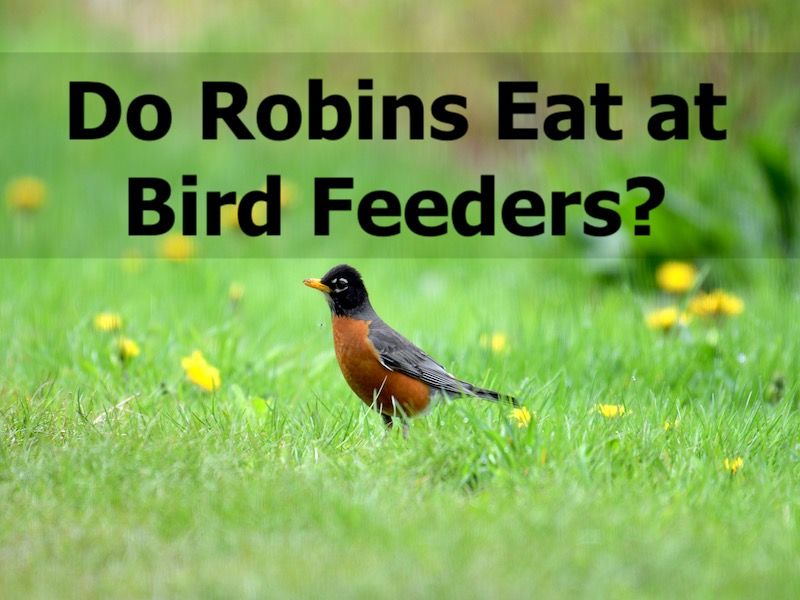
What difficulties will you face?
Deciding to take a chick and feed it, you take responsibility for its life and a huge number of worries. Firstly, the chick squeaks almost all the time during daylight hours. Secondly, the chick needs to be fed every 20 minutes. And don't just give him food. And feed enough. When the chick is full, he stops opening his mouth. When hungry, it stretches its neck and opens its huge mouth. nine0003
As soon as the chick has eaten, it begins to move backwards. The reflex makes him go all the way to the edge of the nest to stick his butt out and poop. Usually, adult birds pick up the "capsule" and carry it away from the nest. If the nest is soiled with droppings, predators will quickly find it by smell.
By the way, by the litter you can tell if you feed the chick too often. If too often, a protein film - a shell - does not have time to form on the litter. If the litter spreads, and does not resemble a capsule, it is time to feed the bird less often. nine0003
nine0003
How to feed a chick?
Birds feed their young mainly on insects. So, if you have somewhere in the far corner of the kitchen cabinet a bag of cereals in which moths are wound up, the chick is lucky. For the first time, you are provided with worms. Meal worms, ant cocoons, fly larvae are also suitable.
Older chicks can be given boiled egg yolk, cottage cheese and carrots. The yolk should be grated on a fine grater, the cottage cheese should be washed in a sieve under running water, the carrots should be grated on a fine grater. Don't forget about vitamins and minerals. Remember: only insects can feed a chick. Only "regular" products without additives - no. nine0003
Food can be given with tweezers. Touch his head, wait for the chick to open its mouth, give it food. The younger the chick, the easier it is to develop a reflex for begging for food. At an older age, he will begin to hide from you with tweezers, and then generally run away. This is fine. Fledgling you will most likely have to force-feed the first few times. Gradually, the baby will learn to fill up. And when he learns to eat on his own, you will need to buy a more spacious cage, on which you can run and fly. nine0003
Gradually, the baby will learn to fill up. And when he learns to eat on his own, you will need to buy a more spacious cage, on which you can run and fly. nine0003
Don't forget to water the chick after each pipetting. 1-2 drops will be enough.
Chick formula
1 carrot, peeled and grated. Squeeze out the juice as much as possible. Grate the boiled egg on a fine grater and add to the carrots. Disassemble the boiled chicken breast into small fibers. Add very finely chopped greens (not spices!!!) salad or dandelion leaves. Add non-acidic and non-greasy cottage cheese washed in running water. Add 2 tbsp. l . crumbly millet porridge without salt butter. Add 1 hr. l . dry food for fish (gammarus or daphnia). Add calcium glycerophosphate (at the rate of 1 tablet per liter of the finished mixture), as well as 1 ⁄ 2 tsp. l . ground eggshell. The mixture should be crumbly, it should not stick to your fingers. nine0003
Categories
Auto
Business services, finance
Household appliances, electronics, telephones, gadgets
City services, housing and communal services, authorities
Summer cottage, garden, kitchen garden
Decor, home goods, household goods
Zoomir
Internet, communication, telephony
Internet shops
Computers, office equipment, information technology
Shops, shopping centers, markets
Furniture
Medicine, health
Real Estate
Equipment
Education
Wholesale depots, warehouses
Organizations and representations
Security, safety, protection
Holiday services
Food, drinks
Industry
Work
Advertising, printing
Service centers, repair shops
media
Building materials
Construction services
Construction (production)
Transport, taxi, transportation
Goods for sports, outdoor activities, tourism
Services
Shopping
Show business, creativity
Esoteric, astrology
Legal services
Restaurants, cafes, pizzerias, sushi, food delivery
Beauty salons, solariums, saunas, SPA
Active recreation, extreme
Miscellaneous
Helping to sort it out
nine0002 Leisure and travel ShowHow to feed the found chick, how many times a day
If you find a chick, the first thing you need to do is determine its species. Feeding granivorous, insectivorous and predatory chicks have their own differences. But in the early stages of feeding, you can use the same feeding methods, and then, after finding out what kind of bird you found, transfer the chick to the appropriate feeding.
Feeding granivorous, insectivorous and predatory chicks have their own differences. But in the early stages of feeding, you can use the same feeding methods, and then, after finding out what kind of bird you found, transfer the chick to the appropriate feeding.
Here is one of the most common feeding options for granivorous and insectivorous chicks. This nutrient mixture is well used for feeding for chicks and fledglings from the passerine family. To prepare our mixture, we need the following products: Boiled egg, low-fat cottage cheese, raw carrots, meat (beef, chicken, turkey), greens (lettuce, dandelion leaves, wood lice), hamarus and daphnia, Calcium gluconate (shell from boiled eggs) glycerophosphate , children's dry dairy-free porridge or boiled millet (without salt and fat on the water). nine0003
Action one. Boil the egg, free from the shell. We free the shell from the shell film. Grind the egg as much as possible, you can use a grater with small holes.
Second step.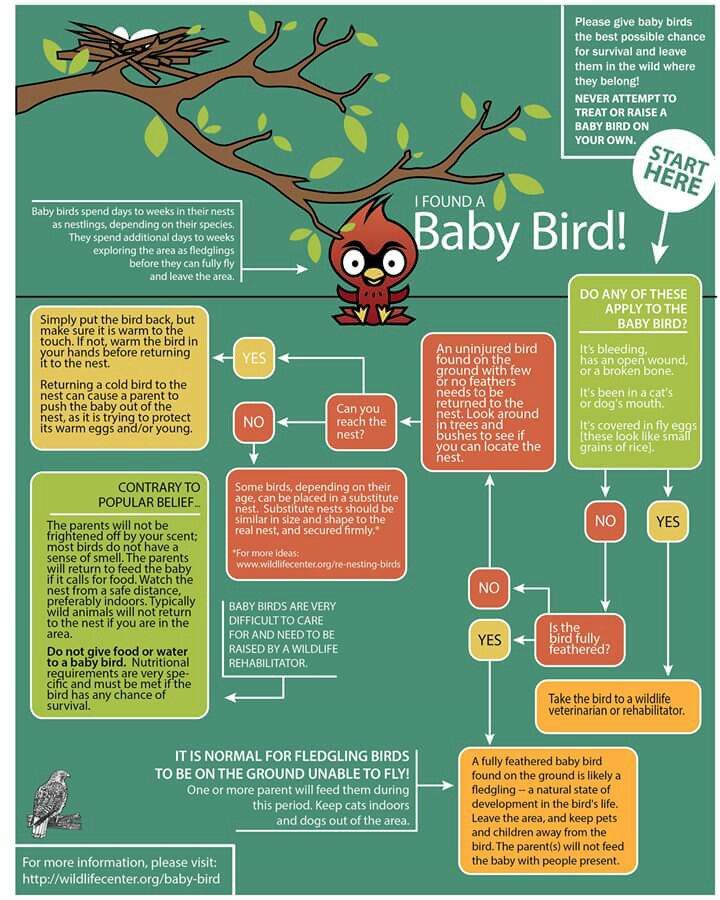 Boiled meat, it is better to take the pulp from the breast of a turkey or chicken and also chop or divide into fibers. The mixture will require meat 40 (for granivorous) and 60 grams (for insectivorous).
Boiled meat, it is better to take the pulp from the breast of a turkey or chicken and also chop or divide into fibers. The mixture will require meat 40 (for granivorous) and 60 grams (for insectivorous).
Third step. Take washed carrots of a small size, grate them on a fine grater, then squeeze the juice and we will use the remaining pulp. nine0003
Fourth step. We take not sour and not fatty cottage cheese. Cottage cheese should have 0% fat content, anything above is considered fat for poultry. We need 90-110 grams of cottage cheese. Sour cottage cheese must be boiled twice changing the water and then it will be suitable.
Step five. You can use greens to add the mixture, but you can do without it for the chicks. And so you can take the greens listed above, chop and add 1.5 teaspoons to the mixture.
Action six. To the above ingredients, add 1.5 -2 tsp. dairy-free porridge or boiled millet (well boiled, without salt and fat in the water). nine0003
Step seven. To the mixture we add the shell from the boiled egg, which must first be ground in a coffee grinder, plus one fourth of the crushed tablet of glycerophosphate. If it is not possible to find glycerophosphate, then you can purchase bone meal and add one fourth tsp. in powder form. At the very least, the shells are enough for now.
To the mixture we add the shell from the boiled egg, which must first be ground in a coffee grinder, plus one fourth of the crushed tablet of glycerophosphate. If it is not possible to find glycerophosphate, then you can purchase bone meal and add one fourth tsp. in powder form. At the very least, the shells are enough for now.
Step eight. We take chopped hamarus and daphnia and add about 1 tsp to the resulting mixture. Then we mix everything, it turns out a very thick, crumbly porridge, it should not stick to the fingers. If the mixture is sticky, you can add dairy-free porridge or powdered cereals. nine0003
From the resulting mixture we roll small balls no larger than a small pea, focus on the size of the chick's beak. You can feed 2-5 balls at a time and after each feeding drink plain water from an insulin syringe with a removable needle (without a needle) 4-6 drops. A week-old chick should be fed every 1-1.5 hours, older than two weeks of age every 2-4 hours, at three and four weeks of age you can feed 3-4 times a day.

